xinjiang snacks
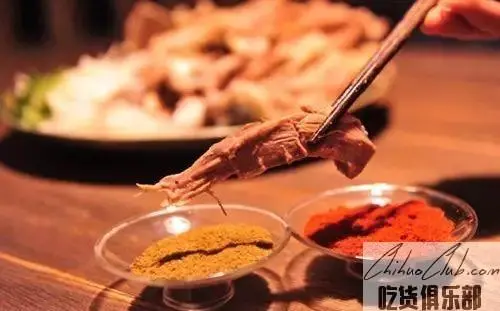
Old Urumqi people almost know that there is a "wuwuzi lamb" in the alley of Shanxi, which is a cuisine of the Hui people. In the book "Urumqi Zhangshu" published in 1991, there was a special introduction to "Wuwuzi Lamb". At the earliest time, the store was run by a Hui nationality named Li Zhanshou. The locals called him “Wuwuzi”. He specialized in selling cooked lamb meat. Anyone who had eaten did not say good. At that time, he could sell several sheep every day. For a long time, the name of "My son and lamb" sounded loud!

Pilaf is a food that is popular among people of all ethnic groups in Xinjiang. It is called "Polu" in Uighur. The practice is to first fry the onion and yellow radish with oil (the carrot is because the yield of Xinjiang specialty yellow radish is small, so other areas can only be replaced with carrots), mutton pieces, and then put into the pure rice and steamed rice.

Baked buns are traditional Xinjiang cuisine, and the taste is extremely delicious. Although there are similar or different shaped baked buns in all parts of Xinjiang, the most authentic baked buns are from Hotan. The dough of the Hetian Baked Buns is made with the finest white noodles and freshly cooked noodles and a slightly alkaline dough. The dough is simmered into one or two hundred grams and then made into a dough; the meat is cut into corn kernels with fresh mutton, plus a small amount. Put the chopped sheep oil and onion on the water, add the pepper powder and salt and knead it into a stuffing. Wrap the dough in a dough and wrap it in a round dough. Put the water on the skin and stick the side of the dough to the sac with the palm of your hand. On the wall, after all the dough is pasted, put a small amount of water on the surface of the baked buns, cover the pits, bake for 20 to 25 minutes, open the vents, and the charcoal in the pit will immediately turn red and then bake for a while. When the skin of the baked buns is red and shiny, it can be taken out. After the hot baked buns are opened, the soup is overflowing, the fragrance is nasal, and the nutritional value is high.

It has a long history in Xinjiang, and its outer skin is golden yellow. It was called "hu cake" and "burning cake" in ancient times.馕Flour is the main raw material, mostly fermented noodles, but put a little salt without alkali. Modern oysters use flour as the main raw material, usually fermented noodles, a little salt, round, many patterns, rich in raw materials, in addition to flour, sesame, onion, eggs, clear oil, ghee, milk, sugar, salt can be called And so on. Not only is it delicious, but it is not easy to deteriorate for a long time, so the old Uighurs took the road with a long distance. According to legend, when Xuanzang passed through the desert Gobi, the food that was brought around was sputum.

Powder soup with oily flavor is a special dish of Hui people. Every festival, such as the Gulben Festival, the Meat Festival, etc., as long as you walk into the Hui people's home in Yili, the owner will surely put on a bowl of steaming and bright white powder and green coriander leaves. This is the essential soup for Hui people to entertain guests. The powder soup is a mutton soup with a jelly powder. The best combination of powder soup is oily. The oily fragrance has to be opened to eat, and it is matched with the powder soup.

The soup rice is the home-cooked rice of Xinjiang people. It is commonly known as “揪片子”, “汤揪片”, etc., because it is the name of the thumb that is shaped like a thumb. In particular, Xinjiang Kuqa film is very delicious. First of all, it is good soup. There is Xinjiang local lamb as raw material. It tastes delicious and nourishes. It is not too greasy. The so-called “rice” is definitely used in Xinjiang. The real estate flour is made, the cockroach is transparent, the awake is thorough, the cooking is not bad, and the entrance is soft and slippery.

The Uighur language is called "Pittalda", which means dead bread. The bun is thin as paper, white and fragrant, oily and tender, tender and refreshing. It can be eaten alone, or it can be eaten with glutinous rice or pilaf. When eating, sprinkle some pepper on the steamed buns to block the smell of the mutton. Do not vinegar, do not oily and spicy, Xinjiang's thin bun is only the original match with pepper!
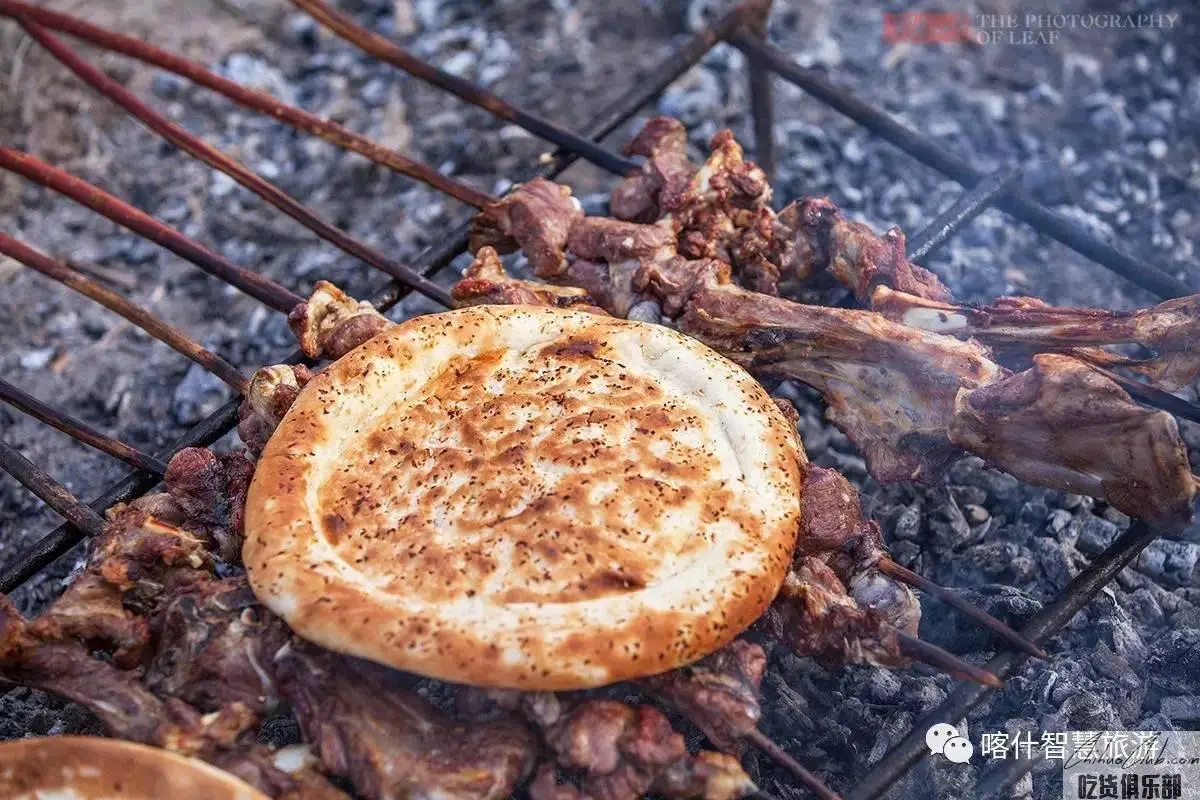
The traditional red willow kebabs from Aksu in southern Xinjiang are quite different from ordinary kebabs. The red willow kebabs are large and have a strong aroma. They can be used to bake the fat meat. The lean meat has a bite, and it is fat and thin. It has many tender meats and is a special dish in southern Xinjiang. The fresh red willow branches will secrete the viscous red willow juice. After the lamb is put on the charcoal fire, it will not only break down the smell of the lamb, but also distribute the unique flavor of the red willow tree into the meat. When the meat is cooked, put the clams on top and let it absorb the oil baked in the mutton, making the whole clam more crispy. The mutton is definitely a delicious dish.
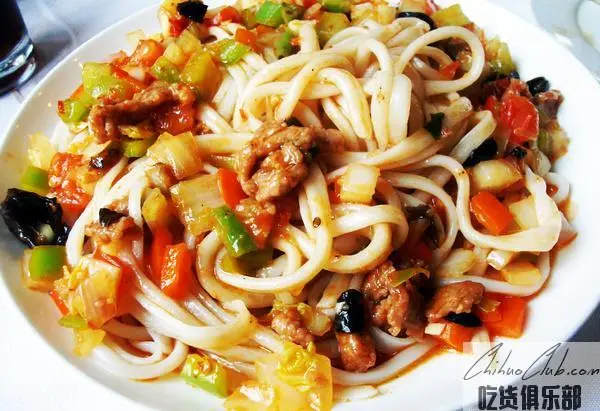
Pulling the sliver is the common name for Xinjiang noodles. It is made directly by hand without the method of pressing and pressing. It is a kind of popular pasta that is popular among people of all ethnic groups in Xinjiang. It is well-known both at home and abroad and is very popular among people of all countries.

As the name implies, the oil tower is shaped like a tower. It is white and oily, with a thin layer and a thin layer. It is rich in soft oil and not greasy. It is a noodle food that Xinjiang Uygur and Hui people like to eat. The Hui people generally make early soups with powder soup.

Grilled lamb chops are famous dishes in Xinjiang. It is usually roasted with anthracite on a barbecue stove or baked in a pit. The lamb chops used for grilled lamb chops are usually roasted on the ribs of lambs, and marinated with the onion salt of Xinjiang specialties. Xinjiang people do not like to add too much spices to the original flavor, this is also because of the delicious, no taste of Xinjiang lamb. The roasted lamb chops are not greasy, the meat is tender, the outer coke is tender, and the mouth is full of juice, which is particularly beneficial to the effect of the spirit.
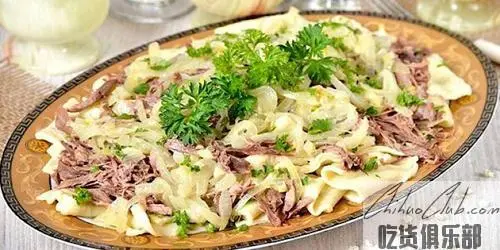
Naren is a pastoral dish of the Kazakhs. Generally, horse meat or lamb is used as the material (smoked horse meat, smoked lamb tastes better), cooked and placed in a large iron plate. After cooking the belt surface in the broth, even the soup noodles are poured on the smoked horse meat. Sprinkle some Piazi (onion) on top, and even the meat with soup, noodles, and Piazi stir together, the taste is incredible, and there is no smell of food. It has obvious pastoral features. This kind of delicacies is also called grabbing horse meat noodles.

In the past, Xinjiang people called the squid, and after the 1950s, it was called "salmon". In Xinjiang, it is mainly mixed with vegetables. The dish is a dish, the noodle is noodles, and the dish is fried and then mixed with the noodles. Due to the different varieties of vegetables, various names have evolved. The squid roe in Xinjiang has evolved into a multicolored, versatile, red diced or carrot diced, white onion, green leaves, yellow frangipani, black fungus, taste to be complete, fragrant , urging appetite.

Kuche County is under the jurisdiction of the Aksu Prefecture. The name of the “Kuqi Daxie” produced locally is unknown. No one knows. In order to carry forward the traditional food culture, Kuche County has specially built this “Kuzha Daxu City”. This is the only one in the “Dayu City” of this scale. Kuqa Otsuka was originally called "Bigak", whose name is derived from a village in Kuche County. More than 95% of the people in the village are making a living, and this kind of wheel is more famous. According to the tradition, the materials used in the Kuqa Dagu are made from the fermented surface of the soil, and made with milk and eggs. The urn of the Kuche is very special, large and thin, and the diameter is about one meter. It is called the "king of the scorpion".
.webp)
When it comes to the cuisine of Xinjiang, Hotan's baked buns are enough to stop people from being tempted. Baked buns are the best choice for Xinjiang cuisine, whether it is from its historical culture or unique flavor. "Water is the water on the snowy mountain. The meat is the fresh meat of the sheep. The onion is just taken from the vegetable garden. Try the stuffed with this stuff. Jade Dragon Kash's 'Guesi Gedi'." This is A Uighur folk song in Hotan City, the local Uighur people will almost sing, and the locals from Hetian will take you to Yulong Kashi Town to taste the "Gosier Geer". "Gossier's land" means: the wolf nest with meat is one of the varieties of the Uighurs. This kind of scorpion looks like a hoe, 12-13 cm in diameter, baked in a crater, its sweet and delicious taste, oily but not greasy, is the unique cuisine of Hotan.
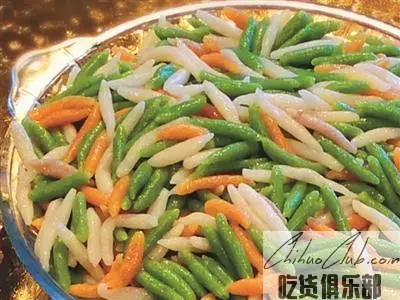
Jin Zhangye Restaurant officially opened in Wuerhe District, Karamay City in May 1996. At that time, there was only a small shop of 16 square meters. The main thing is a kind of pasta from Gansu Zhangye. The middle of the two tips is like a small fish. It is called squid, also called kungfu noodles. It was only white flour at the beginning. It takes a lot of time to make a fish. Under the continual improvement of these years, under the efforts of the founder of the store, Ms. Tao Ling, more than a dozen squid noodles were developed.
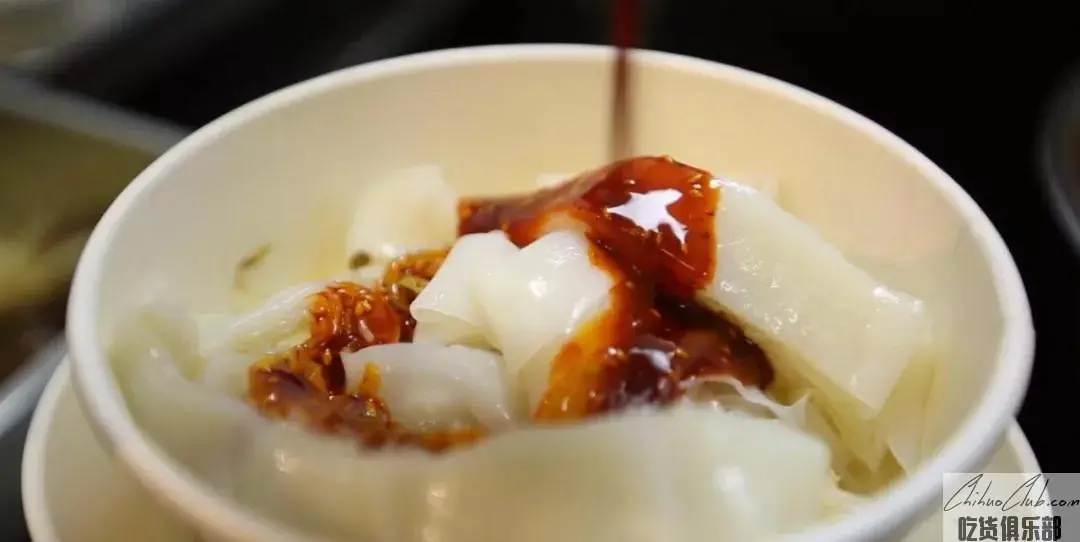
Shihezi's history of the development of Liangpi is accompanied by the history of the “Gobi Pearl”, which has gradually evolved into a history of entrepreneurship in Shaanxi Liangpi. Shihezi’s “Small Four-Skin”, one of the main protagonists in the history of Liangpi’s development, has now gone through more than 20 years. The small four cool skin is the main style of Shihezi, the cool skin is thin, the ribs, the light, the taste is delicious and refreshing, and people are nostalgic.

In Xinjiang, no meat is not a New Year, but some must be placed in the home. Except for the blind, the only thing that is indispensable is this Bahari. Bahari is a traditional Uighur pastry that can be found everywhere in Urumqi. It was originally a snack that the Russians often eat, and some people call it a black cake. It is rich in content, with various nuts in the middle, such as walnuts, almonds, etc., there are raisins on the surface of the cake, the taste is very delicious.
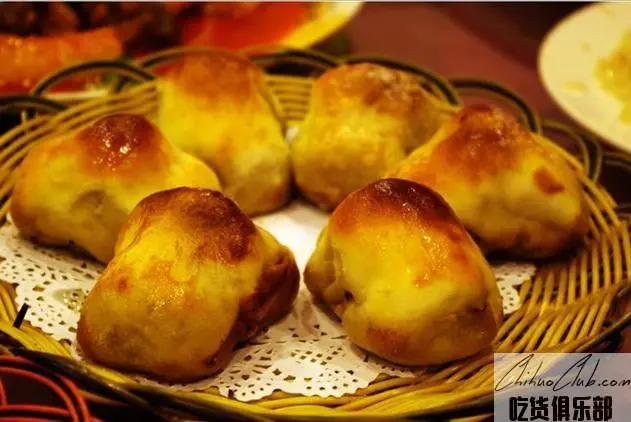
Palmuding is a traditional flavor food of the Uighur people. Its color is yellow and bright, the image is beautiful, the skin is crispy, the meat is tender, and the salty is sweet. It is very popular. Parmigine is made from flour, fat mutton, sesame oil (a little), onion (skin), eggs, salt, cumin powder, pepper and other raw materials.

Xinjiang Ququer is actually a mutton chop, a traditional flavor food that is loved by the Uighur people, similar to the Han people. The koji skin is tender and tender, the soup is delicious, smooth and delicious, and the flavor is unique. It is a good helper for hangover. Xinjiang tastes songs, stuffed with mutton, soup is also mutton soup, can put tomatoes, fungus, spinach, parsley, golden needles, etc.; according to personal taste, can also put other dishes.